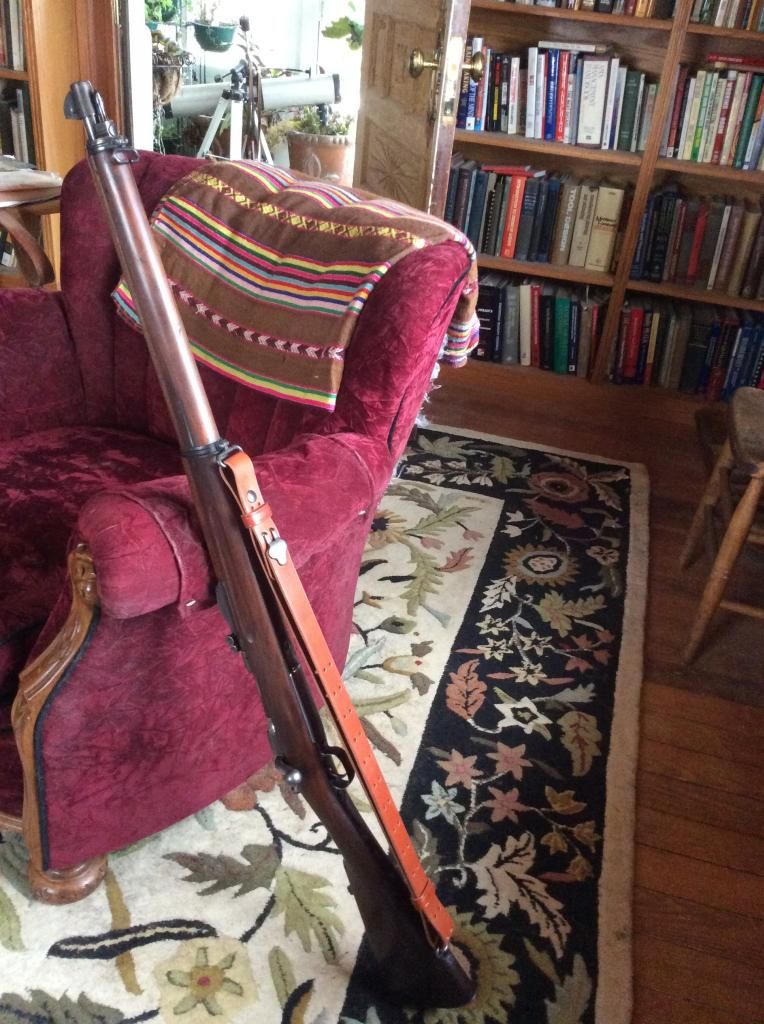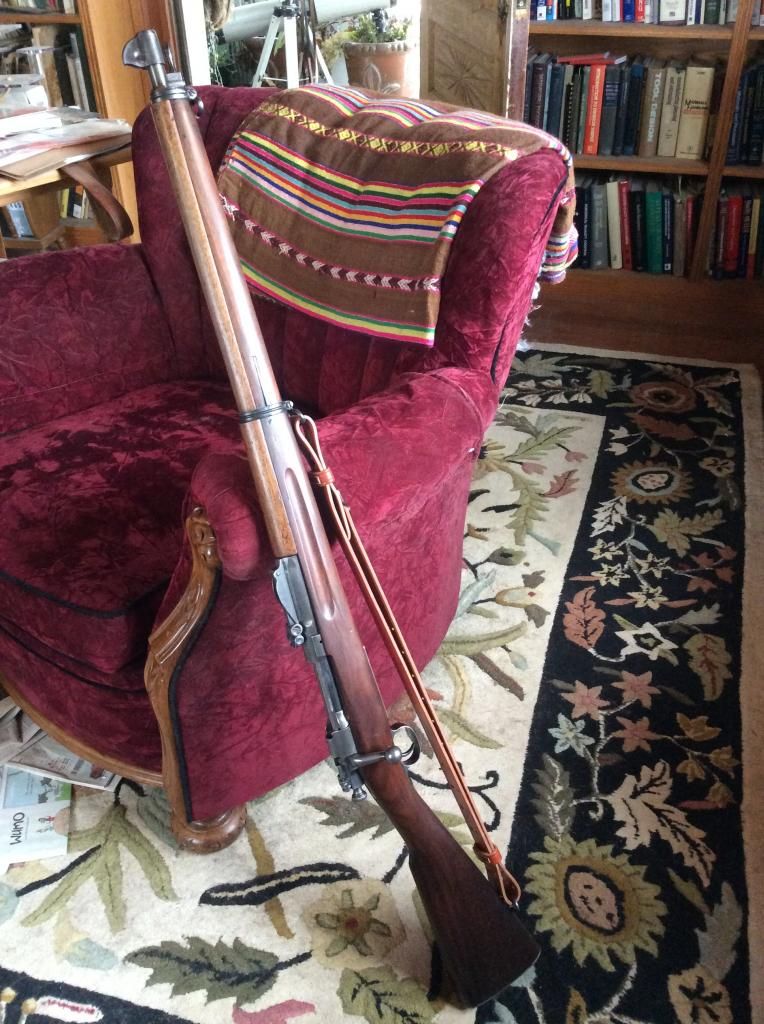$70 may be insane... but Turners matches the original almost exactly. The hook holes are square just like originals, unlike most others that have round hook holes. Turner's quality is absolute also! I have a few of them, and I would rather pay the $70 than buy something inferior, and then have to buy another in a couple years...




 Reply With Quote
Reply With Quote





